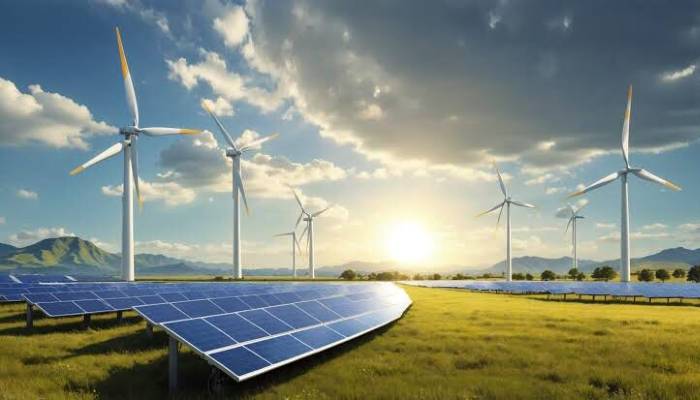

Indonesia failed to meet its annual objective of 1.8 billion US dollars in 2023, with its renewable energy investment amounting to only 1.5 billion US dollars in 2023—the lowest amount in recent memory. In spite of its recent efforts, the Indonesian government has not been able to achieve its targets for renewable energy because it does not support the energy sector and has not been able to effectively eradicate its capacity for backward manufacturing.
As a result, relevant sources have assessed the primary causes behind this in the following manner:
1. High localization rate
The TKDN was reduced to 40%, but the Indonesian government restored it to its original level in 2023, thereby fostering the growth of the domestic solar panel sector.
2. Inadequate incentives
Indonesia's green energy subsidies are still inadequate, which makes it difficult for them to compete with conventional power plants, in contrast to the heavily supported production of fossil fuels.
3. Strict regulatory restrictions
Foreign investors have been discouraged from participating in the local renewable energy market by regulations that require state-owned power firms (PLN) to possess at least 51% of Indonesian renewable energy projects.